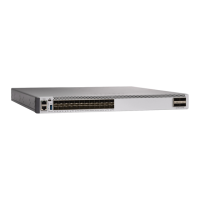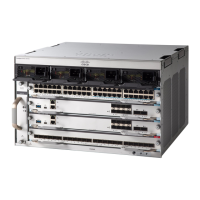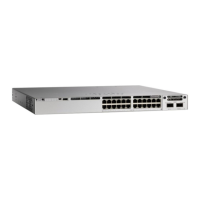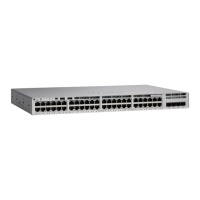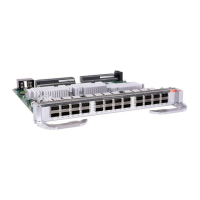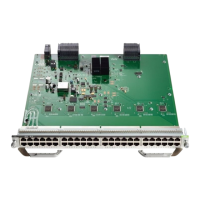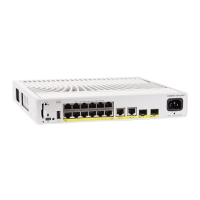CHAPTER 1
Configuring Bidirectional Forwarding Detection
•
Bidirectional Forwarding Detection, page 1
Bidirectional Forwarding Detection
This document describes how to enable the Bidirectional Forwarding Detection (BFD) protocol. BFD is a
detection protocol that is designed to provide fast forwarding path failure detection times for all media types,
encapsulations, topologies, and routing protocols.
BFD provides a consistent failure detection method for network administrators, in addition to fast forwarding
path failure detection. Because the network administrator can use BFD to detect forwarding path failures at
a uniform rate, rather than the variable rates for different routing protocol hello mechanisms, network profiling
and planning will be easier, and reconvergence time will be consistent and predictable.
Finding Feature Information
Your software release may not support all the features documented in this module. For the latest caveats and
feature information, see Bug Search Tool and the release notes for your platform and software release. To
find information about the features documented in this module, and to see a list of the releases in which each
feature is supported, see the feature information table at the end of this module.
Use Cisco Feature Navigator to find information about platform support and Cisco software image support.
To access Cisco Feature Navigator, go to http://www.cisco.com/go/cfn. An account on Cisco.com is not
required.
Prerequisites for Bidirectional Forwarding Detection
•
Cisco Express Forwarding and IP routing must be enabled on all participating switches.
•
One of the IP routing protocols supported by BFD must be configured on the switches before BFD is
deployed. You should implement fast convergence for the routing protocol that you are using. See the
IP routing documentation for your version of Cisco IOS software for information on configuring fast
convergence. See the Restrictions for Bidirectional Forwarding Detection section for more information
on BFD routing protocol support in Cisco IOS software.
Routing Configuration Guide, Cisco IOS XE Everest 16.6.x (Catalyst 9500 Switches)
1

